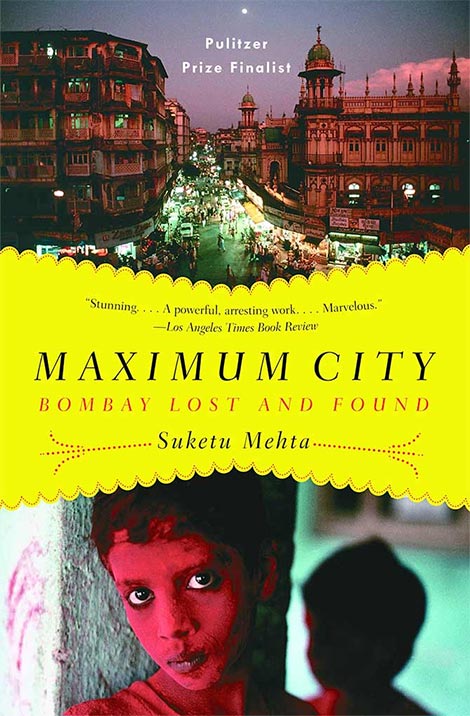

The list is endless:īy avoiding hyperbolic language, Mehta lets the madness of the city – and those who run it, in various ways and capacities – speak for itself. border patrol and customs agents at JFK the visa officials at the Chinese embassy. Reading the following passage, my mind flipped through images of my own nightmare encounters with bureaucracy: the pitiless clerks at the DMV in Washington, DC the Kafkesque logic of the officials at the Czech Foreign Police the U.S.

Pursuing it energetically and vanquishing it is your challenge.” It is India’s Great Wall it keeps out foreign invaders. “India is the Country of No,” writes Mehta. Even the extremes of India’s corruption and bureaucracy seem somehow familiar an identifiable, if exaggerated, version of the hurdles anyone living in a large urban environment, or anyone dealing with a large, top heavy government, faces at one point or another. God help us.”Īny reader, having been to Mumbai or not, will no doubt locate elements of her own city within Mehta’s Bombay.

Bombay is the future of urban civilization on the planet. With fourteen million people, Bombay is the biggest city on the planet of a race of city dwellers. It is also the Urbs Prima in Mundis, at least in one area, the first test of the vitality of a city: the number of people living in it. “ Urbs Prima in Indis reads the plaque outside the Gateway of India. “There will soon be more people living in the city of Bombay than on the continent of Australia,” Mehta writes. Mumbai, as it had since been renamed, was a turbulent city of massive proportions a city of incredible diversity marred by complex sectarian strife a city of incredible poverty co-existing with astounding wealth a city with so many people packed together that it defies its own boundaries a city so complexly human it becomes a metaphor for humanity itself. Growing up between worlds, Mehta, an investigative journalist, returned frequently to Bombay to report on it, finally moving back, with his entire family in tow, in 1998.

Part memoir, part investigative journalism, Maximum City is as engrossing as it is insightful, and as absorbing as any novel.īorn in Calcutta in 1963, Mehta moved to Bombay, as it was called then, as a toddler, and nine years later moved to New York. Today, Maximum City stands as one of the great urban narratives of any city. Eight years ago, Suketu Mehta published one of the great books about Mumbai (née Bombay).


 0 kommentar(er)
0 kommentar(er)
